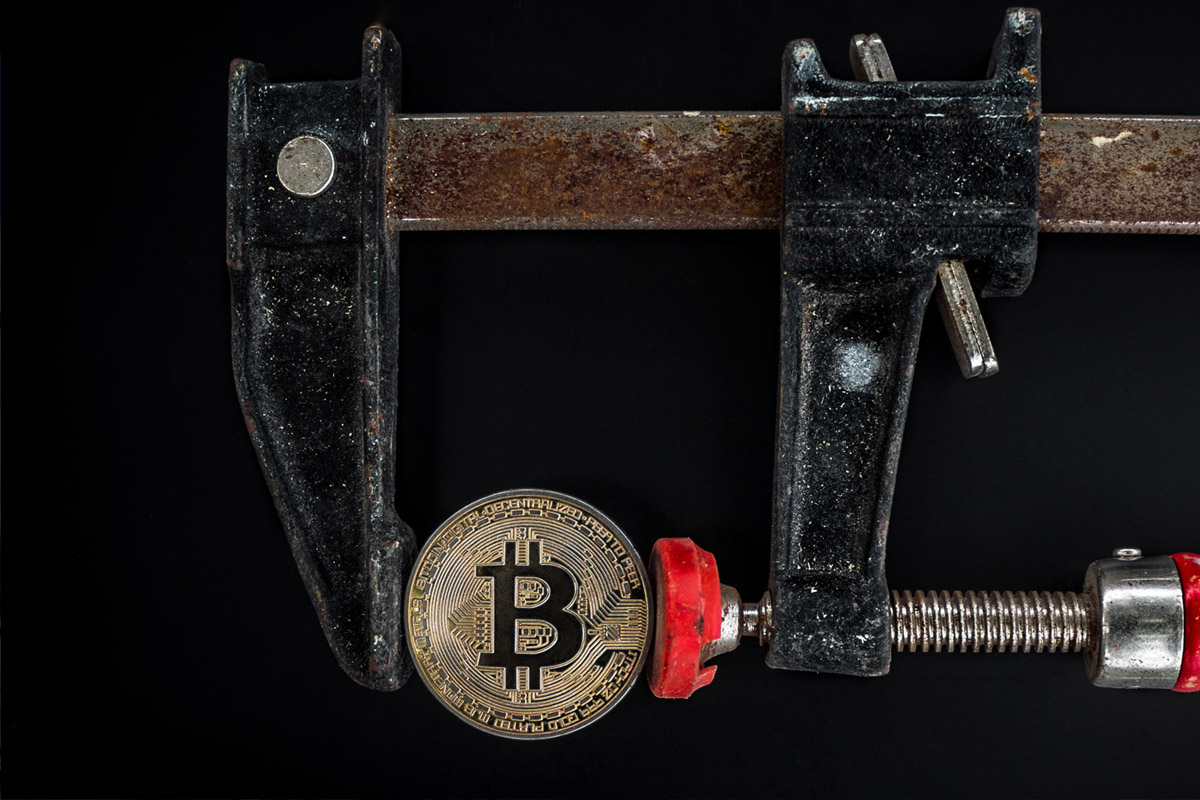Top Five Crypto Red Flags on Social Media
Some scams are easy to see, but others might look like a worthwhile investment opportunity. Here are some crypto red flags to look out for.

At the start of the month, CoinGeek and nChain announced the Miner’s Choice initiative for Bitcoin Cash (BCH) They want miners on the BCH blockchain to have the freedom to process small transactions, and transactions without any fees attached.
Before the initiative, the “dust limit” for a Bitcoin Cash transaction was 546 satoshi, or 546 millionths of single Bitcoin Cash token. The dust limit refers to the minimum value a transaction must have before it’s accepted by the network.
CoinGeek and nChain said that the dust limit should be reduced to 1 satoshi, and miners should accept some free transactions in every block they mine.
This will ignite growth of Bitcoin Cash usage, and spur adoption of the token, the two organizations said.
A day after the announcement, CoinGeek and nChain issued another press release revealing that the Bitcoin.com and ViaBTC mining pools joined the initiative.
Controversial figure and Bitcoin Cash supporter Craig Wright also tweeted in support of the initiative, calling on miners to “plan for the long term.”
Miner’s Choice raises an interesting question about how miners make money, and what happens to the viability of zero-fee transactions once a platform is popular enough.
For the moment, Bitcoin and Bitcoin Cash miners receive a reward for being the first to successfully validate the transactions in a block.
Currently the block reward is 12.5 tokens, but this value is not constant. Both the Bitcoin and Bitcoin Cash networks automatically scale down the block reward by halving it every 210,000 blocks.
The last halving happened at block 17,010,000, and the next one will happen at block 17,220,000. According to Bitcoin Ticker, at the current tempo, the block reward on Bitcoin Cash will halve on 6 April 2020.
Miners who accept zero-fee transactions therefore still make money through the block reward. In fact, the block reward represents a much larger income to miners than the fees.
BitInfoCharts shows that the current average fees per block is 0.01071 BCH — a fraction of the 12.5 block reward.
Even though the block reward is much higher than the fees people pay to have their transactions processed, CoinGeek and nChain are not even proposing that miners only process free transactions. Merely that miners include some zero-fee transactions in every block they mine to increase adoption.
The implication is that once adoption and usage of the Bitcoin Cash blockchain is high enough, miners will not have to process zero-fee transactions anymore.
Something systems like Bitcoin and Bitcoin Cash will have to consider in future, is how much transactions will cost when the block reward is 0.
Both blockchains currently have a supply limit of 21 million tokens. The only way to make more Bitcoin or Bitcoin Cash tokens is by miners winning the block reward. When the supply limit is reached, miners will no longer receive a block reward.
This means that miners will only make money from the fees people attach to their transactions. It will therefore be incredibly unattractive for miners to process zero-fee transactions.
The above concerns only apply to proof-of-work based blockchains where the block rewards are set to dry up in time, like Bitcoin and Bitcoin Cash. These are not unresolvable issues, and it is even possible that the market solves them naturally, but they may also require intervention from the respective communities to ensure sustainability.
Ethereum, which currently operates on a proof-of-work mechanism, has already announced that it will be migrating to a different method for validating transactions called proof-of-stake.
In proof-of-stake, people who hold tokens lock in a certain number of coins which are then not available to transact with, allowing them to vote on the next block. The more tokens you deposit, the greater the weight of your vote.
Basically, participants who vote that a block of transactions is valid which the majority disagrees with, lose their stake.
Proof-of-work therefore reaches consensus on which transactions are valid by offering a reward for verifying them. Proof-of-stake, on the other hand, uses a penalty system to dissuade someone from trying to suggest that a fake transaction is valid.
Whether proof-of-stake is the ultimate answer to the long-term sustainability of blockchains remains to be seen.
The supply limits on currencies like Bitcoin and Bitcoin Cash are many years away, and the block reward halvings along the way should give us an idea of how the transaction speeds and fees will be affected as rewards decrease.
Some scams are easy to see, but others might look like a worthwhile investment opportunity. Here are some crypto red flags to look out for.
Find out the countries where you'll pay the most tax if you're trading, holding, buying or selling cryptocurrencies.
Advancements in artificial intelligence and communication technologies make it difficult to discern what's real and what's a scam.
After Kate Middleton's alleged data incident and possible internal attack at the London Clinic, there's a clear need for security in cyber...